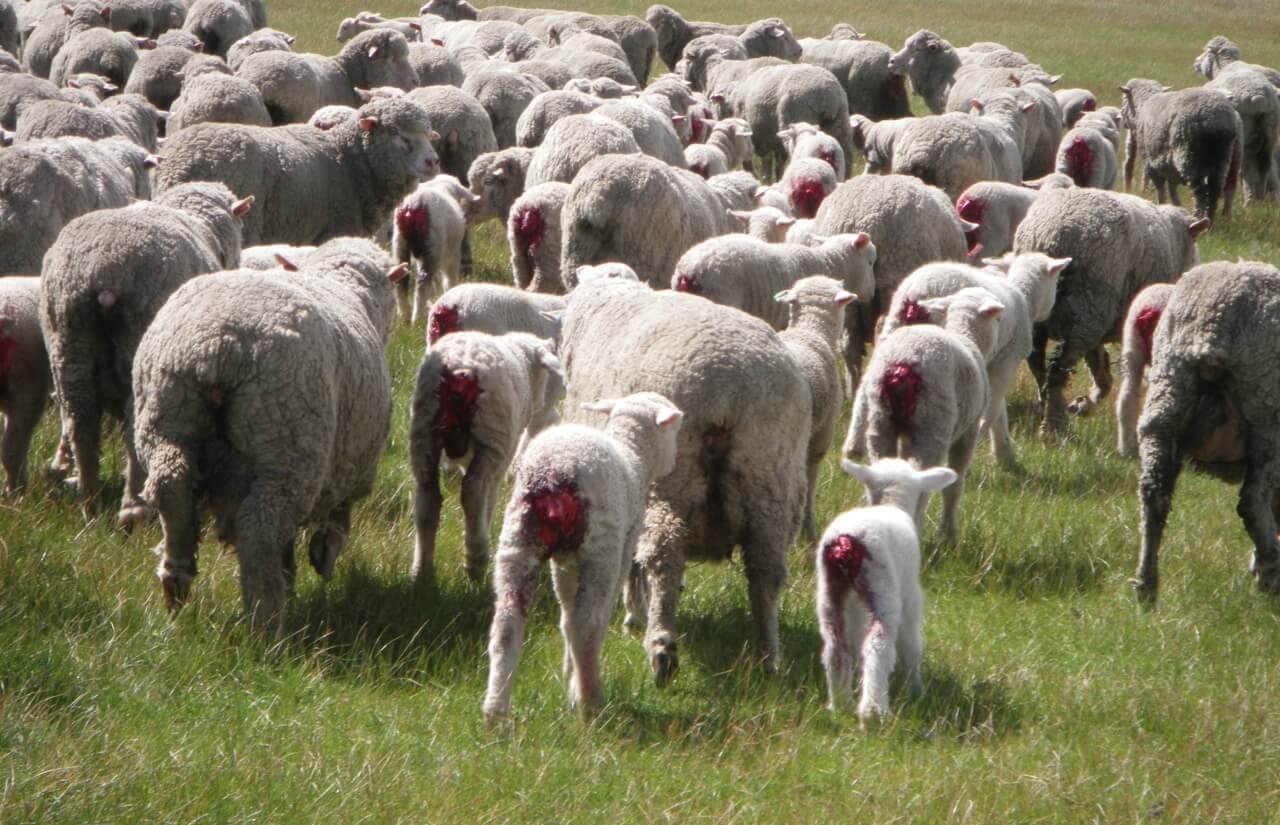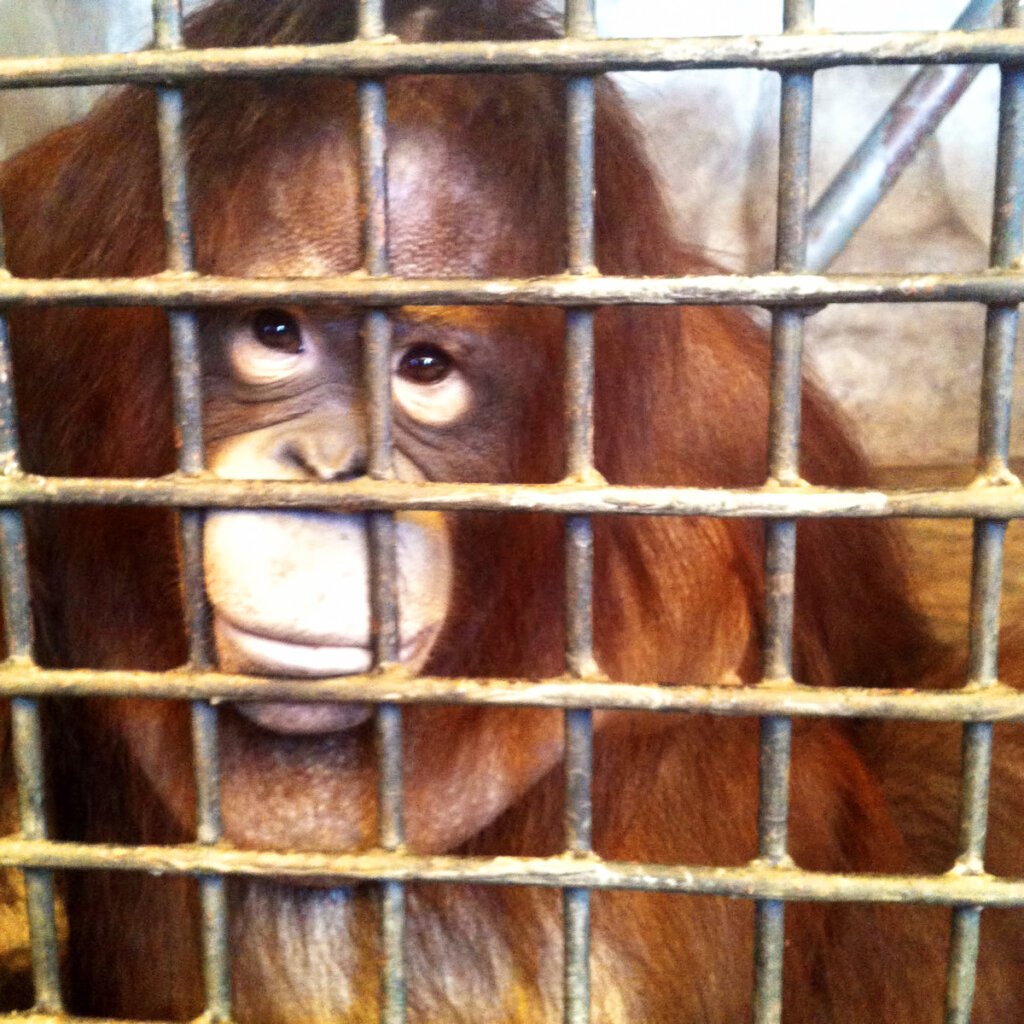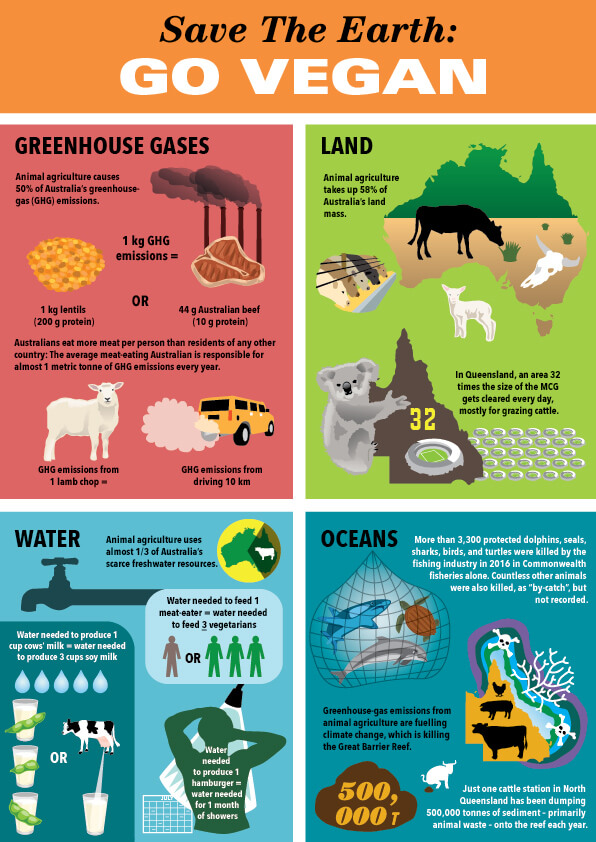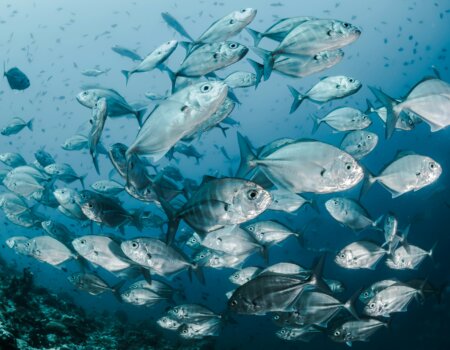Australia’s Drought: If You Can’t Feed Them, Don’t Breed Them
The front page of The Sunday Telegraph showed a photograph of a farmer holding a young lamb, making a plea for help in the midst of Australia’s drought. It includes this headline: “Les Jones has to shoot his 1200 starving sheep and bury them in a mass grave. He’s not alone….”
Farmers are complaining that the big dry means that they have to kill animals prematurely and for no money. There’s no denying that millions of sheep bred into Australia’s wool industry are suffering in the drought. Unfortunately, their suffering is not unusual.
Each year, around 15 million newborn lambs die in Australia, mostly because of exposure to cold weather. Those who survive will likely be mulesed, ear-tagged, and castrated, all without pain relief, and will be repeatedly traumatised during shearing.

Australia will slaughter 22.85 million lambs this year, while sheep slaughter is expected to reach 7.8 million – an astonishing total of more than 30 million animals, most of them little more than babies. And then there are all those who end up crammed onto live-export ships. They will die from the heat on filthy, crowded vessels, or their throats will be slit in far-off countries.
From the farmers’ perspective, the problem is not that they have to kill animals – since they were going to do that anyway – but that they’re not getting paid to do so.
The Climate Council has concluded that droughts are likely to worsen in severity and duration in Southern Australia if greenhouse-gas emissions are not cut deeply and rapidly.
The quickest way to achieve this goal is to eliminate the wool and sheep-meat industries. These businesses add significantly to emissions through “enteric fermentation,” or animals’ belching and passing gas, in addition to causing changes in vegetation, soil erosion, and water pollution because of faecal contamination and sheep dips.
For the farmers, there’s an easy solution: if you can’t feed them, don’t breed them.
The rest of us can take a stand for animals and help to preserve natural ecosystems by not buying wool garments and not eating baby lambs.
And although fundraising efforts are starting up across the nation and the government is handing over large amounts of taxpayer-funded drought relief, none of this money will legitimately help animals. It will only line the pockets of farming businesses that use them.
Meanwhile, there are farmed-animal rescues that are affected by the drought and in desperate need of financial help during this time. Unlike farming businesses, which make a profit from rearing and slaughtering animals, these rescues will never shoot or let the animals in their care starve – no matter how dry it is. If you have money to spare for drought relief, here are some places to send it in order to ensure that animals are directly helped:
Help Animals in 2025: Renew Your PETA Membership!





